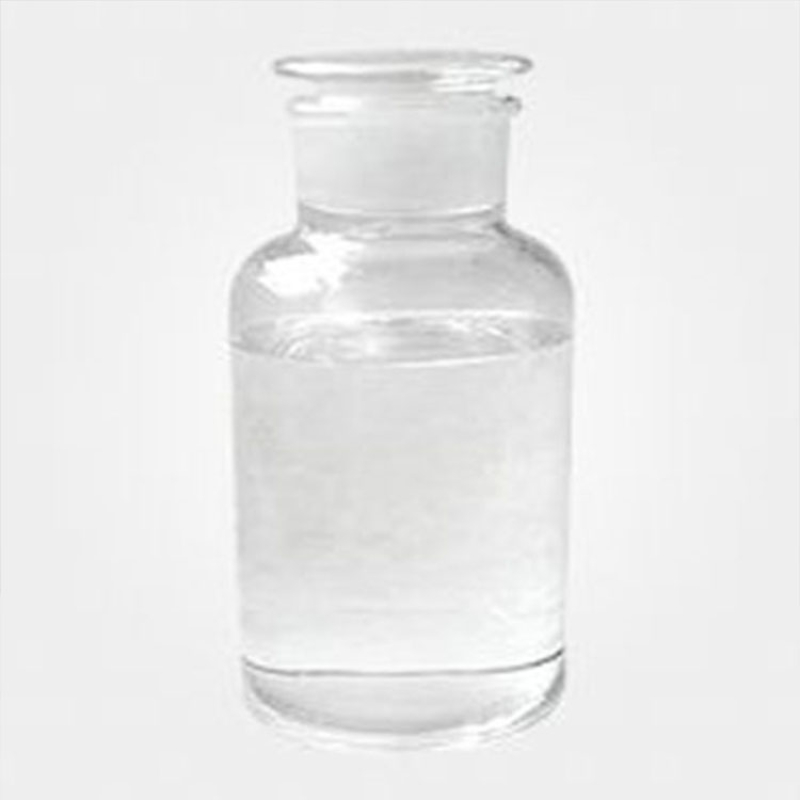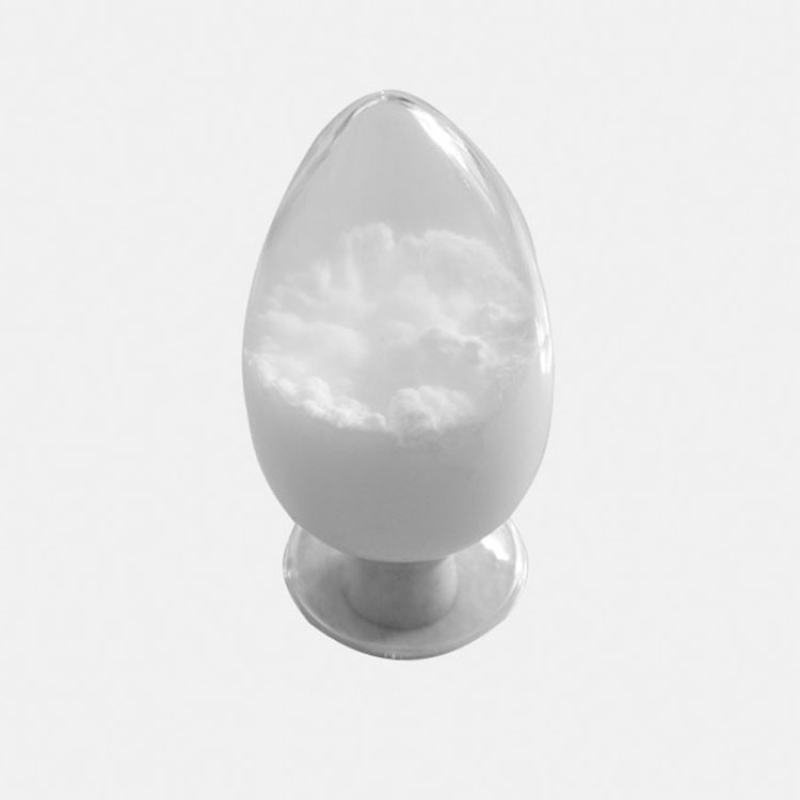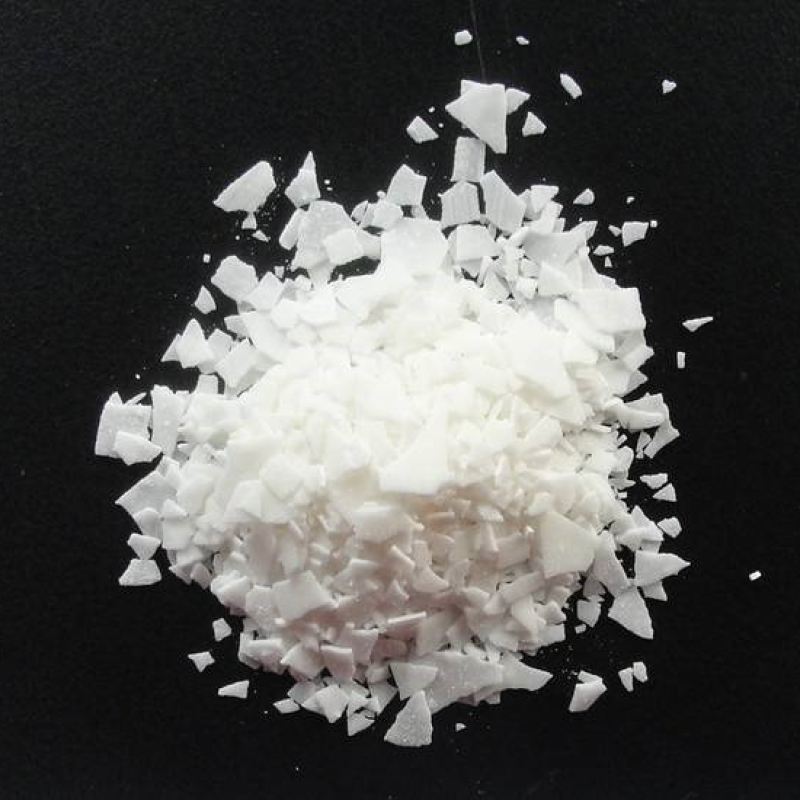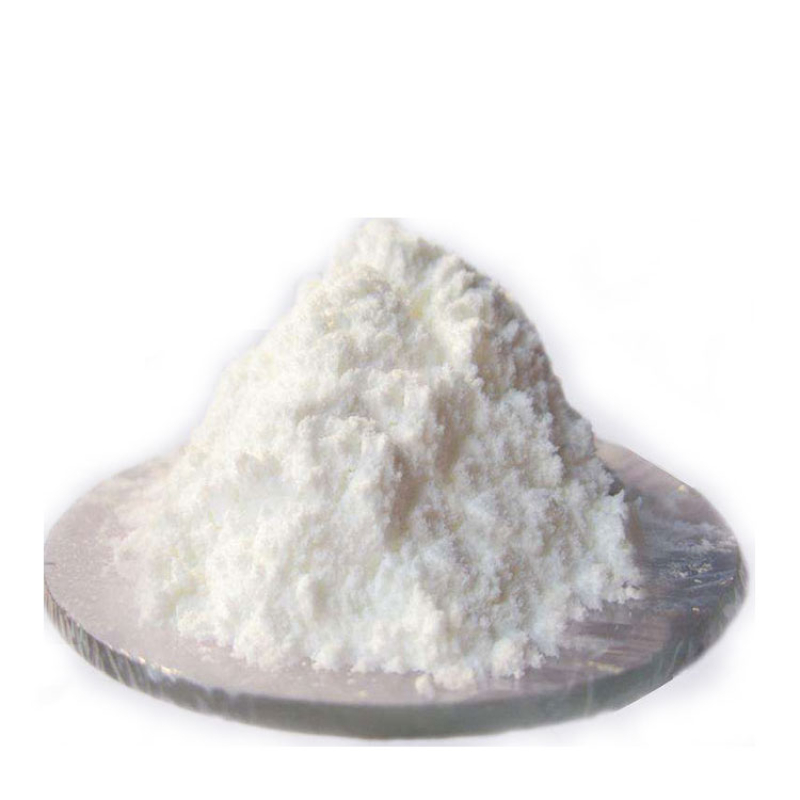Products Description of Trifluoromethanesulfonic anhydride CAS#358-23-6Trifluoromethanesulfonic anhydride is an organic compound with the chemical formula (CF3SO2)2O.
Contate agora
Products Description of Pyromellitic Dianhydride CAS#89-32-7The English name of pyromellitic dianhydride is Pyromellitic Dianhydride (abbreviated as PMDA, the same below), which is mainly used to synthesize polyimide.
Contate agora
Products Description of Octenyl succinic anhydride CAS#26680-54-62-Octenylsuccinic anhydride (OSA) is an important intermediate of fine chemicals. Because its molecule contains carbon-carbon double bonds and carboxylic acid ligands, it has high chemical reactivity. Under appropriate conditions, it can undergo a series of reactions such as addition, substitution, reduction, acetification, hydrolysis and polymerization. It can synthesize a variety of derivatives.
Contate agora
Products Description of CIS-BUTENEDIOIC ANHYDRIDE CAS#108-31-6Maleic anhydride, also known as "maleic anhydride", is the anhydride of maleic acid. It is a colorless or white solid with a sour taste at room temperature, with a molecular formula of C4H2O3. Molecular weight 98.06. Needle-shaped crystals are obtained from chloroform or ether. Melting point 60℃, boiling point 82℃ (1.8665kPa), relative density 1.31460. Soluble in acetone, chloroform, ether, slightly soluble in petroleum ether.
Contate agora
Products Description of CIS-BUTENEDIOIC ANHYDRIDE CAS#108-31-6Maleic anhydride, also known as "maleic anhydride", is the anhydride of maleic acid. It is a colorless or white solid with a sour taste at room temperature, with a molecular formula of C4H2O3. Molecular weight 98.06. Needle-shaped crystals are obtained from chloroform or ether. Melting point 60℃, boiling point 82℃ (1.8665kPa), relative density 1.31460. Soluble in acetone, chloroform, ether, slightly soluble in petroleum ether.
Contate agora
1,4-Benzenedicarboxylic Acid, Compds. With Polyisobutenyl Succinic Anhydride-Tetraethylenepentamine Reaction Products CAS:68909-40-0Good dispersibility: It can be effectively dispersed in various solvents and matrices, which helps to improve the uniformity and stability of the product. Excellent thermal stability: It can maintain its stable performance at higher temperatures and is suitable for some high-temperature application scenarios.
Contate agora
Products Description of 1,8-Naphthalic anhydride CAS#81-84-5It precipitates needle-shaped crystals in ethanol and rhombus-shaped crystals in acetic acid.
Contate agora
Products Description of Phthalic Anhydride CAS#85-44-9Phthalic anhydride, referred to as phthalic anhydride, is an important chemical raw material.
Contate agora
Products Description of 2-DODECEN-1-YLSUCCINIC ANHYDRIDE CAS#26544-38-7Yellow liquid2-DODECEN-1-YLSUCCINIC ANHYDRIDE Chemical PropertiesMelting point 41-43 °C(lit.)Boiling point 180-182 °C5 mm Hg(lit.)density 1.00 g/mL at 20 °Cvapor density 9.2 (vs air)vapor pressure <1 mm Hg ( 20 °C)refractive index 1.477-1.479Fp 352 °Fstorage temp. Inert atmosphere,Room Temperaturesolubility 10g/L in organic solvents at 20 ℃form clear liquid to cloudy liquidcolor Light yellow to Yellow to OrangeWater Solubility&
Contate agora
2-DODECEN-1-YLSUCCINIC ANHYDRIDE CAS#19780-11-1Product Name:2-DODECEN-1-YLSUCCINIC ANHYDRIDESynonyms:2,5-Furandione, 3-(2-dodecenyl)dihydro-;2,5-Furandione, 3-dodecenyl-;3-(2-dodecenyl)dihydro-5-furandione;3-[(2E)-2-Dodecenyl]dihydro-2,5-furandione;3-(2-dodecenyl)succinic anhydride;2-(2-Dodecene-1-yl)succinic anhydride;2-(2-Dodecenyl)succinic anhydride;2-Dodecen-1-yl(-)succinicanhydridCAS:19780-11-1MF:C16H26O3MW:266.38EINECS:243-296-9Product Categories:Carbonyl Compounds;Carboxylic Acid Anhydrides;Organic Building Blocks;Anhydride MonomersUnsaturated fatty acids and derivatives;Monoenoic fatty
Contate agora
2-Octen-1-ylsuccinic anhydride, mixture of cis and trans Chemical PropertiesMelting point 8-12°C (lit.)density 1 g/mL at 25 °C(lit.)vapor pressure 43.5Pa at 20℃refractive index n20/D1.4694(lit.)Fp 113℃form Viscouscolor Colorless to Almost colorlessBoiling point 168°C/10 mmHg(lit.)LogP4.68 at 22℃ and pH7EPA Substance Registry System2,5-Furandione, dihydro-3-(2-octenyl)- (42482-06-4)Safety InformationHazard Codes XiRisk Statements 36/38Safety Statements 26-36WGK Germany 3HS Code 29171900Factory and Equipment ShowFast delivery timeI
Contate agora
Products Description of Di-tert-butyl Dicarbonate CAS#24424-99-5BOC anhydride is an organic compound with the molecular formula C10H18O5.
Contate agora
Products Description of Boric acid CAS#11113-50-1Boric acid is also called "orthoboric acid". It is derived from the interaction between natural borax (sodium borate) and acid. Soluble in water, ethanol and glycerin. The aqueous solution is acidic and is a monovalent weak acid. Solubility in water increases with temperature. Heated to 169℃ (±1℃), dehydration will produce metaboric acid, and 300℃ will form boric anhydride. Neutralize with strong base to obtain metaborate.
Contate agora
Products Description of Sulfolane 99.5% CAS#126-33-0Sulfolane solvent has high solubility for aromatics, good selectivity, good thermal stability, low vapor pressure, low toxicity and no corrosion to carbon steel.
Contate agora
Products Description of SODIUM TRISILICATE CAS#13870-30-9Sodium silicate is a water-soluble silicate, which can be divided into three forms: solid, liquid, and water-quenched. In theory, this type of substance is called "colloid". Industrial solid sodium silicate is a colorless, slightly light blue, turquoise, sky blue or yellow-green transparent or translucent glass block. When the impurity content is very low, the glassy anhydrous solid sodium silicate is a colorless and transparent glass body, and pure solid sodium cinnamate is a colorless and transparent solid.
Contate agora
Products Description of Antioxidant 1330 CAS#1709-70-2Hindered phenol antioxidant 330 is a white crystal powder with a melting point above 244°C and is insoluble in water. The solubility (g/100g solvent) in certain solutions at 18°C is: benzene 20, methylene chloride 31.9, methylcyclohexane Alkane 1.7, methanol 0.2, isopropyl alcohol 0.1.
Contate agora
Products Description of Sulfolane CAS#126-33-0Sulfolane solvent has high solubility for aromatic hydrocarbons, good selectivity, good thermal stability, low vapor pressure, low toxicity and no corrosion to carbon steel. Therefore, sulfolane extraction technology has become the most widely used aromatic hydrocarbon in the world.
Contate agora
Products Description of 2-Hydroxy-4-methylpyrimidine hydrochloride CAS#5348-51-62-Hydroxy-4-methylpyrimidine hydrochloride CAS No.
Contate agora
Products Description of AMBERLITE(R) IRA-400 (CL) CAS#9002-24-8717 Strong Base Anion Exchange Resin is a chemical substance.AMBERLITE(R) IRA-400 (CL) Chemical PropertiesWater Solubility Insoluble in water.Merck 14,382Safety InformationRisk Statements 36/37/38Safety Statements 26-36WGK Germany 3TSCA YesProduct Application of AMBERLITE(R) IRA-400 (CL) CAS#9002-24-8Used for softening water, preparing high-purity water, refining radioactive elements, extracting iodine from seaweed, refining antibiotics, industrial wastewater treatment, etc.Factory and Equipm
Contate agora
Products Description of ORALITH BRILLIANT PINK R CAS#2379-74-0Reduction of pink red R to thioindigo dyes is mainly achieved by oxidizing unsubstituted or substituted benzo[b]thiophene-3 or naphtho[2,3-b]thiophene using various oxidants such as bromine in a chlorosulfonic acid medium, polysulfides, oxygen in the presence of copper salts, etc.ORALITH BRILLIANT PINK R Chemical PropertiesBoiling point 529.1±50.0 °C(Predicted)density 1.583±0.06 g/cm3(Predicted)storage temp. Sealed in dry,Room Temperatureform SolidColour Index 73360color RedLogP2.06 at 22℃ and pH7E
Contate agora
Products Description of CREMOPHOR (R) A25 CAS#68439-49-6CETETH25 is a nonionic emulsifier obtained by adding natural saturated fatty alcohol and ethylene oxide. CETETH25 (HLB15-17) is an oil-in-water (O/W) emulsifier. When used together with CETETH6, it forms a pair of complementary emulsifiers. The emulsifier pair has a small amount of use and a strong emulsification ability. The prepared emulsion products have high stability and bright appearance. It can tolerate a certain degree of inorganic salts and extreme pH conditions.
Contate agora
Products Description of Dinonylnaphthalenesulfonic acid CAS#25322-17-2Dinonylnaphthalenesulfonic acid is a chemical substance with the molecular formula C28H44O3S.Dinonylnaphthalenesulfonic acid Chemical PropertiesBoiling point 94-99 °Cdensity 0.852 g/mL at 25 °Crefractive index n20/D 1.465Fp 30 °Fstorage temp. 2-8°Csolubility H2O: insolubleCAS DataBase Reference25322-17-2(CAS DataBase Reference)EPA Substance Registry SystemNaphthalenesulfonic acid, dinonyl- (25322-17-2)Safety InformationHazard Codes F,Xn,NRisk Statements&nb
Contate agora
Products Description of 2-Hydroxynicotinic acid CAS#609-71-22-Hydroxynicotinic acid is an organic intermediate.
Contate agora
Products Description of 2-chlorobenzoic acid CAS#118-91-22-Chlorobenzoic acid, almost white coarse powder. The melting point is 142℃, and the density (20℃) is 1.5449/m3.
Contate agora


































